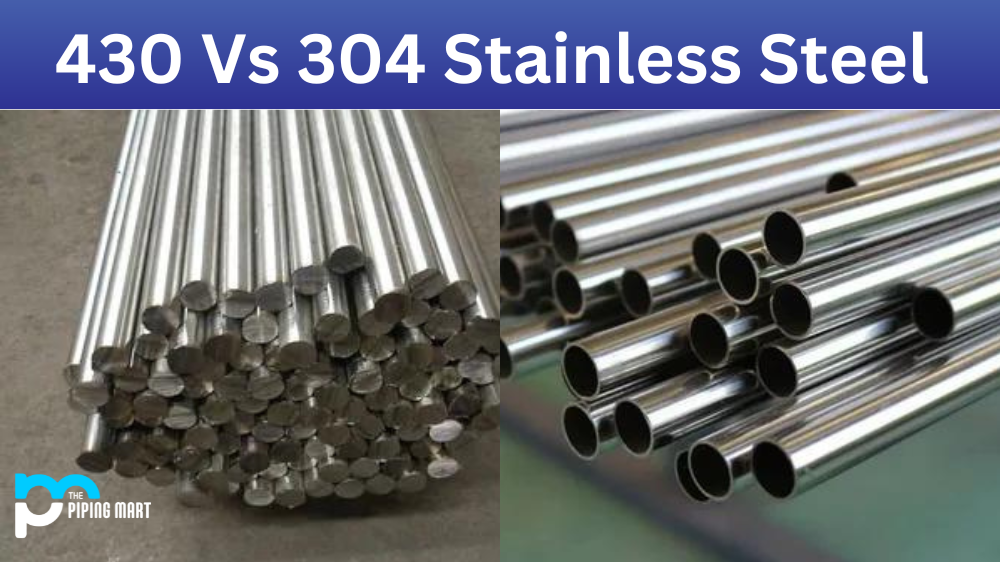The sheet metal manufacturing process starts with a principle that customizes sheet metal to the specific needs of a client who contracts with a company that performs these projects. While the customer has different choices when it comes to material selection, steel selection is a common choice.
There are four different types of steel within the category that could be considered for use during sheet metal manufacture. They are as follows:
Alloy Steel
Carbon steel is in reality within this specific product, but certain features are used to make it distinctive. The elements that find their way through the component rely on whether the intended impact is to find it steeper, heavier or to shield it from the corrosion problem.
Manganese, chromium, and tungsten are the components that tend to produce a sturdier body. Either nickel or vanadium are common choices for extra power. This is a simple steel to produce, with economic gains capturing the attention of many who choose to control their spending.
Carbon Steel
Products needing strength as a main by-product, such as bridges, should choose this alternative. Not unexpectedly, carbon is a major component here, along with iron, which helps to build a solid combination of materials. Among this issue are small, medium and high carbon steel choices.
The low edition provides flexibility for its usage in such items as railings, walls, or fences. Going up to the medium reveals the kinds of things that individuals fall into touch with, including machinery and a number of cars. The elevated carbon content would be visible in wires but a more brittle component appears due to the higher energy level being used.
Stainless Steel
The main benefit with regard to this item is that corrosion is quickly repelled due to the chromium’s protective shielding within. That ensures goods that are mostly made for treating water that may extend from a kitchen sink to a yacht will be removed from the potential disruption to air and moisture that will usually occur from just a limited amount of usage.
Additionally, devices that perform liquid handling will have a short lifetime without the supplied insulation. Furthermore, structures that contend with the weather on a regular basis can endure the intense beating that this form of sheet metal steel provides.
Tool Steel
Machine steel, like iron, offers interest owing to its durability, with iron contributing around one per cent of its material. Alloy is also part of the total kit, but the material level varies on where it is found, with more extreme situations involving higher alloy and carbides in the box.
The name clearly ties it to tool making, with some of the products being hammers. Slaughter and kicks. A number of blades often fall under this range, making machine-based objects along with other alternatives such as knives. This design of the robust construction of steel is strengthened by the fact that it is abrasion-free and can work under tremendous heat or frigid conditions. Added to this commodity are the different types usable, naming only a few flat and square shapes. Many products will eventually be molded by using steel device.

Pipingmart is B2B portal specializes in industrial, metal and piping products. Also, share latest information and news related to products, materials and different types grades to help business dealing in this industry.




